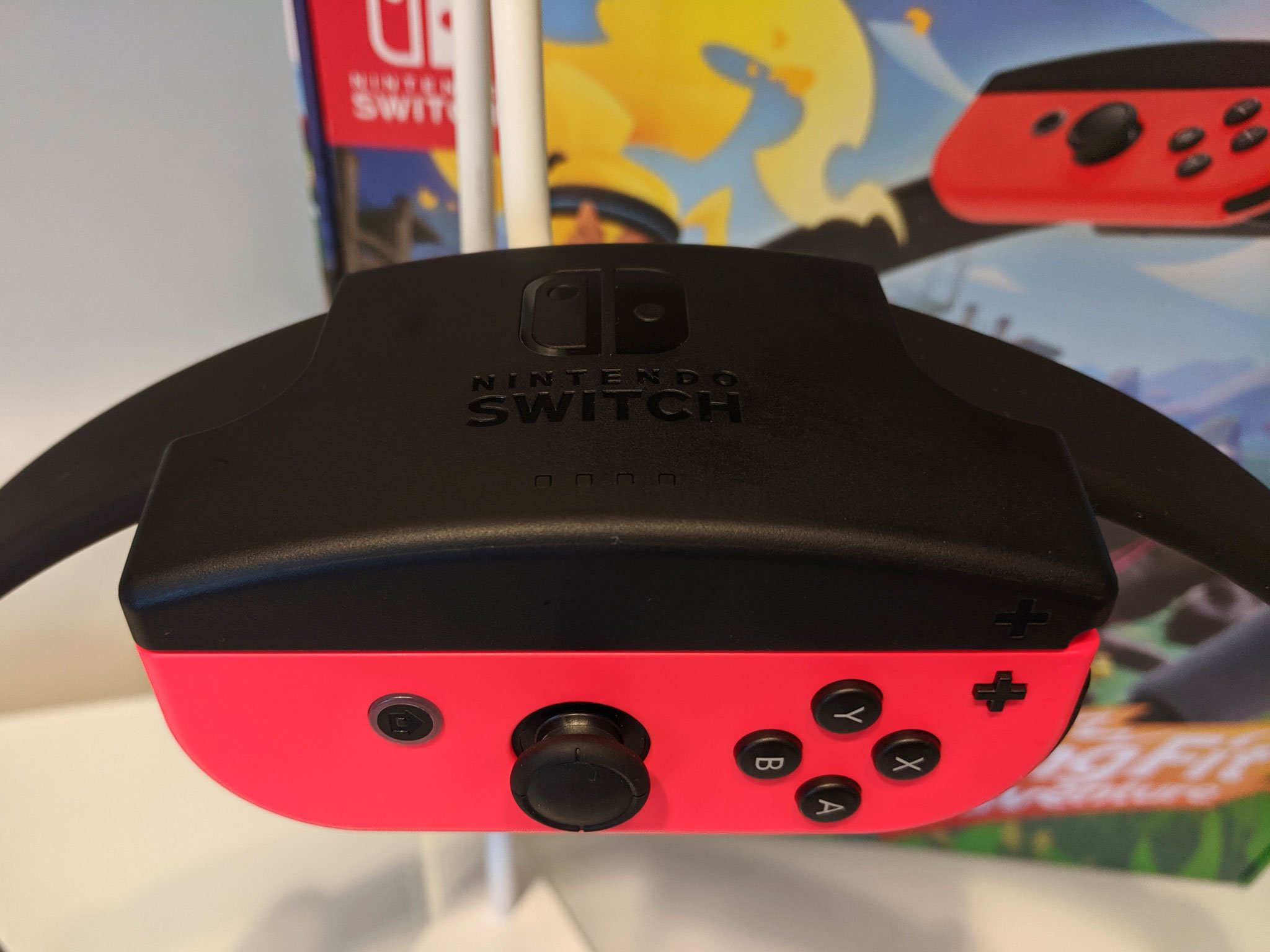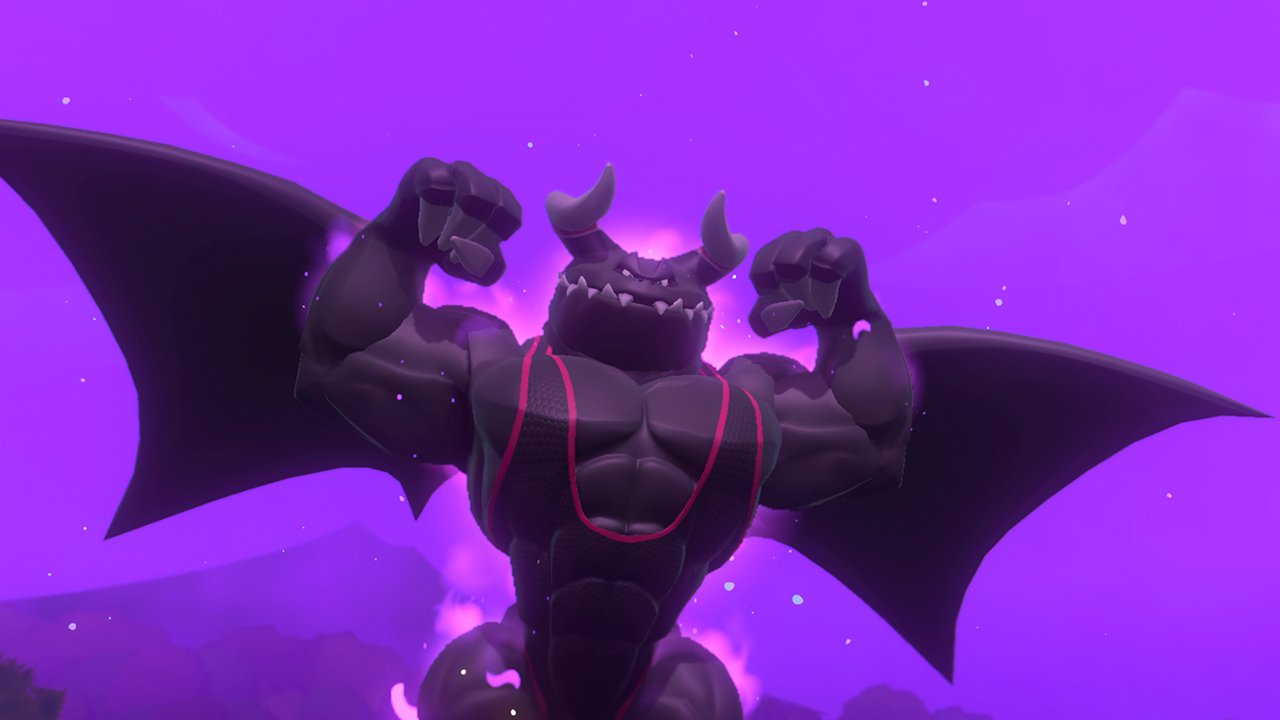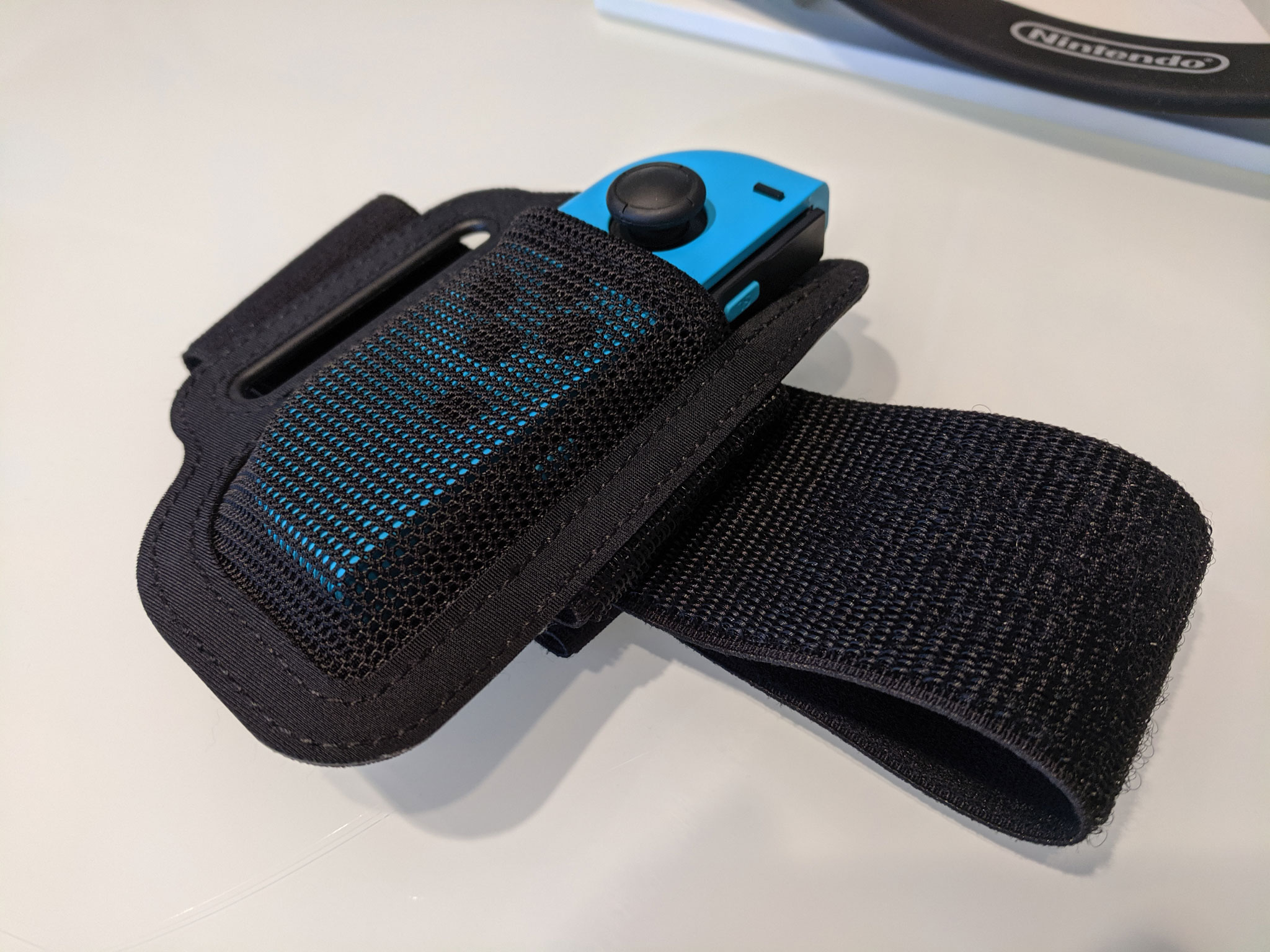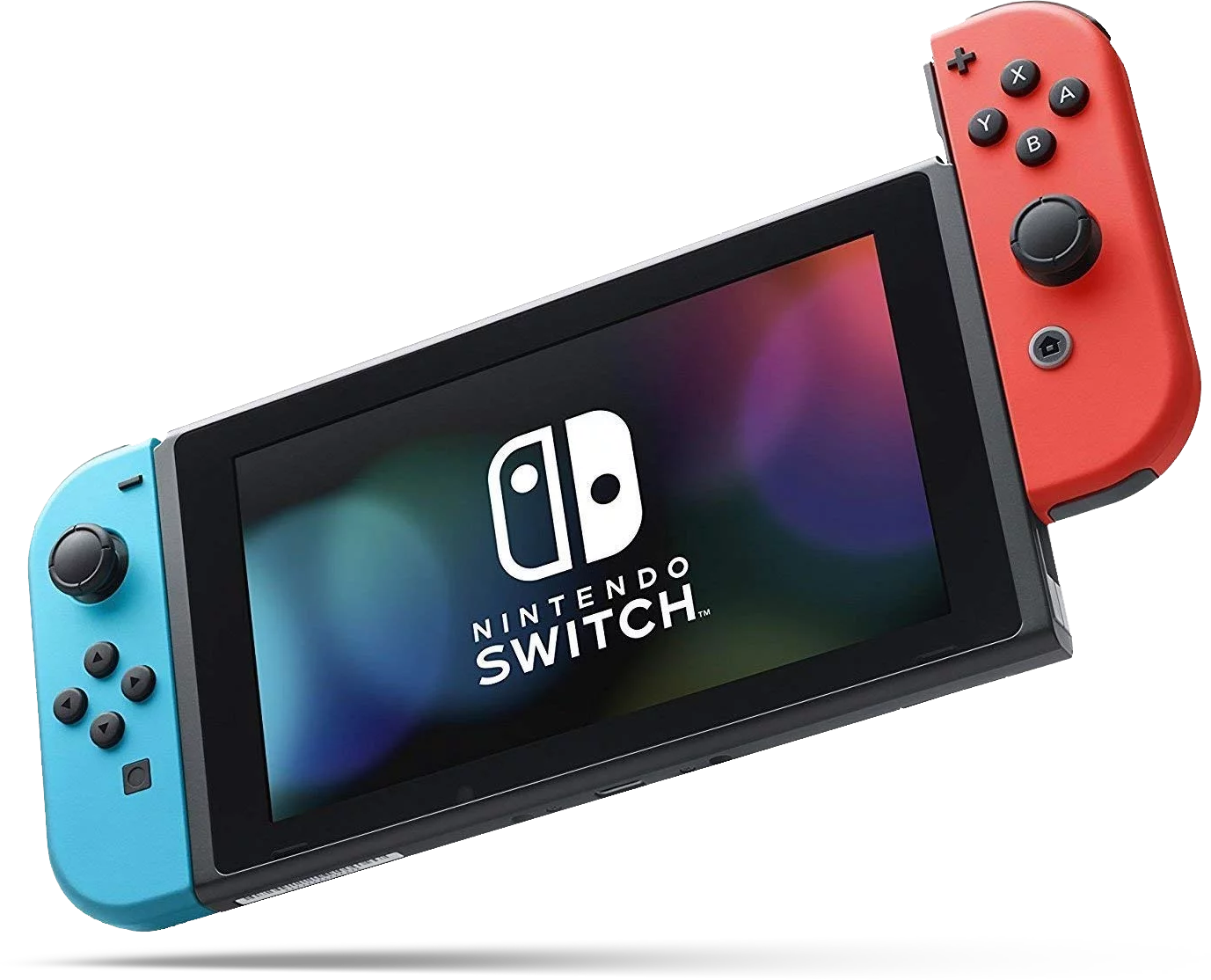Ring Fit Adventure hands-on: Who is this for?

When we think of the Wii these days, two things come to mind: the Wii Remotes, which were some of the first consumer-ready controllers with movement baked in, and fitness. The Wii was Nintendo's first (real) jump into the world of alternate move-based controllers, and other major companies like Sony followed suit. It was a gimmick, for sure, but it did have practical uses. Most importantly, it allowed Nintendo to lean into games-as-exercise.
This was a huge deal back in the bygone days of 2006. I remember news reports showing people in senior citizen homes playing Wii Sports for a little exercise, or families playing the games that came with the console together. Wii Sports, specifically, was immensely popular and was one of the best-selling games of 2007. Wii Fit, which required the use of an extra Wii Balance Board, also sold well upon release. It even evolved beyond its original concept and got adapted into health and rehabilitation programs.
It makes sense that Nintendo wants to try it again. Ring Fit Adventure is the first exclusive exercise game for the Nintendo Switch, and like Wii Fit, it comes with extra peripherals to help you get into shape: the Ring-Con and a leg strap. As long as you have the console, it's a full workout kit that you can get for $80.
The game (and unlike Wii Fit, it is a game), along with other offerings like Just Dance 2020, are clearly looking to capitalize on the gaming-as-exercise trend that it helped to popularize in the mid-2000s. However, the big question this holiday season is if it'll manage to reclaim that success.
What to expect

Ring Fit Adventure is a game first and an exercise simulator second. Unlike Wii Fit, which had the virtual trainer guide you through exercise sessions with only sparse mini-games, Ring Fit Adventure tricks you into exercising through the RPG at its center. You play a runner who's tasked with defeating a body-building dragon named Drago. You traverse the landscape collecting smoothie ingredients, passing obstacles, and defeating monsters by performing certain exercises, from yoga poses to muscle-intensive workouts. You start with a limited number of exercises, but you unlock more as you go, which encourages you to keep playing.
Just look at Drago... you know immediately whether this will work for you.
When you come across a fight, you can choose between three different categories separated by color. Different monsters are weak against certain categories, so there's a small strategy element in battle. You complete an exercise, which deals damage depending on how well you do. You also get a workout just working through the world. You have to jog in place to move forward, and you can jog faster to have more of an impact. To collect ingredients, you push in on the Ring or pull on it depending on if you want to suck in an object Kirby style or push air out. You can jump over obstacles, for example, by pointing the Ring-Con at the ground and pushing in for a burst of air.
I got to try a bit of it at a recent demonstration event, but I know I barely scratched the surface. The demonstrator told me that if you were to play the game for 30 minutes to an hour every day, you'd finish the story in 2-3 months. This doesn't even take into account all the other modes available. While the story is in the Adventure mode, there are also mini-games (I played one called Robo-Wrecker, which was Whack-a-Mole but with robots) and a custom mode where you can put together a straight-forward, non-game workout.
iMore offers spot-on advice and guidance from our team of experts, with decades of Apple device experience to lean on. Learn more with iMore!
The story mode and the mini-games are corny and kid-friendly. The monsters have punny, ridiculous names, and the items you pick up are healthy, smoothie ingredients. The art style is reminiscent of Wii Fit, but it's more colorful and vivid. Just look at Drago above, the strong dragon who is wearing a wrestling singlet and actually flexing to show off. That's the kind of game you'll get. You know immediately whether this will work for you.
How does it all work?

Ring Fit Adventure makes use of the Joy-Cons to create a wireless, movement-based experience. However, since the Joy-Cons aren't built for movement controls like the Wii Remote, the kit comes with some extra peripherals.
The first is the titular Ring-Con, which is built with a resistance band that you squeeze and pull. You slip one Joy-Con into the slot up top and hold the sides. Next to the Joy-Con is a built-in IR Motion Sensor, which can track and log your pulse. This works as your main controller, but there's a second part. To track how you run and move your legs, you also get a leg strap. You put the second Joy-Con into the slot and velcro it around your leg. It's strange at first, but it's easy to forget that it's there.

This is all easy to set up, and once you're ready, the technology works great. I didn't notice any input lag, and the game responded to subtleties in my movement. The Ring is resistant enough that pushing or pulling on it actually works your muscles. Some exercises encourage you to push or pull fast, which can give you even more of a workout. While you can jog slowly, you can jog faster, which sets your avatar's hair on fire, showing just how well you're doing.
Like the Switch itself, the game supports multiple user profiles, so it's easy to switch either between sessions or in the middle of one. The mini-games especially encourage local co-op and competition. When you're done, you can see your stats and track your progress.
The one downside to this setup is that it doesn't feel natural at first. The movements to control the Ring aren't intuitive for what they correspond to in the Adventure mode, specifically the jumping movement, but they're self-explanatory in the more straightforward modes. Having to coordinate the Ring-Con with the leg strap can also be challenging for those who might not be used to it. However, the game seems forgiving enough that you can take the exercises at your own pace. Running in place also feels silly, but as long as multiple people aren't watching you, it's manageable.
The main upside to this whole endeavor is that it does give you a workout. I'm fairly in shape — I box at least twice a week — and the 10-20-minute demonstration left me with a little sweat under my arms. The Wii Fit could also engage the muscles, but it was targeted towards yoga, balance, and low-key exercises that anybody could complete. Ring Fit Adventure, on the other hand, can prove to be a challenge, especially if you're not used to working on your chest or arms. In that regard, Nintendo has succeeded.
The big question: Who is this for?

However, despite being pleasantly surprised by how Ring Fit Adventure worked, I was left puzzled, wondering who would buy this cutesy game with its gimmicky controllers.
The first question comes down to price. The whole kit costs $80, which isn't a lot compared to a full-sized game on the Switch or another console (for reference, the Wii Fit kit cost $90 for the game and the Balance Board). This isn't too expensive, and the $90 price tag for its predecessor didn't stop it from selling millions of copies across the world. However, the slightly high price will probably be a deterrent for some families, especially ones that might be investing in a Nintendo Switch or Switch Lite this holiday season. There's also the question of whether Pokemon Sword and Shield will take away potential sales from other Nintendo games, and whether Switch Lite customers will mind paying extra for Joy-Cons along with Ring Fit Adventure.
Ring Fit Adventure is an improvement upon its predecessor, Wii Fit. It's more of a game, has more elements, and is cheaper. Will it be enough?
I also think some potential customers might feel self-conscious about the game. While it does work surprisingly well and does give the player a workout, it all looks silly from a third-person perspective. The leg strap will definitely be the butt of a few jokes and the Ring-Con, while an intriguing design with practical and obvious applications, might look obtuse and odd. Families will get more of a kick out of the game, especially with its multiple user-profiles and kid-friendly aesthetic. However, I don't imagine people are going to get together for Ring Fit parties any time soon.
However, it's been a while since games have utilized exercise in a meaningful way. Games like Dance Dance Revolution for cosoles or Wii Fit and Wii Sports brought this concept into the mainstream, showing non-gaming audiences that the medium had the potential to trick kids into exercising (remember all those articles). The Kinect for the Xbox 360/One also encouraged movement with games like Dance Central.
Since the Wii and the Kinect are outdated pieces of technology, the onus has moved onto VR with games like Beat Saber. However, VR headsets are still more expensive than Switches and aren't always family-friendly. While we're finally on the way to consumer-ready VR with the Oculus Quest, most customers, especially those with young children, might not be so keen on the tech, especially when the Nintendo Switch is comfortable and easy to use. The Wii was a huge hit almost entirely because its initial offerings were movement-based. It gave customers not entrenched in the gaming world something new to play around with, and with Ring Fit Adventure, Nintendo could potentially repeat history.
There's a reason that developers often chase after exercise as a game: it feels good. It's why fitness trackers and apps have turned to gamification to motivate people to exercise, and it's the feedback loop that rewards the user after extended play. It doesn't work all the time, and there are kinks in the system (gamification won't work if the person doesn't want to engage, for example), but the idea is strong, and Nintendo has clearly been paying attention.
Ring Fit Adventure is an improvement upon its predecessor, Wii Fit. It's more of a game, has more elements, and is cheaper. It's easy to use, appeals to people at various fitness levels, and encourages multiple kinds of workouts. Will it all be enough? We'll find out how well it does after Ring Fit Adventure gets released on Oct. 18, 2019.

Carli is the Gaming Editor across Windows Central, Android Central, and iMore. Her last name also will remind you of a dinosaur. Follow her on Twitter or email her at carli.velocci@futurenet.com.


